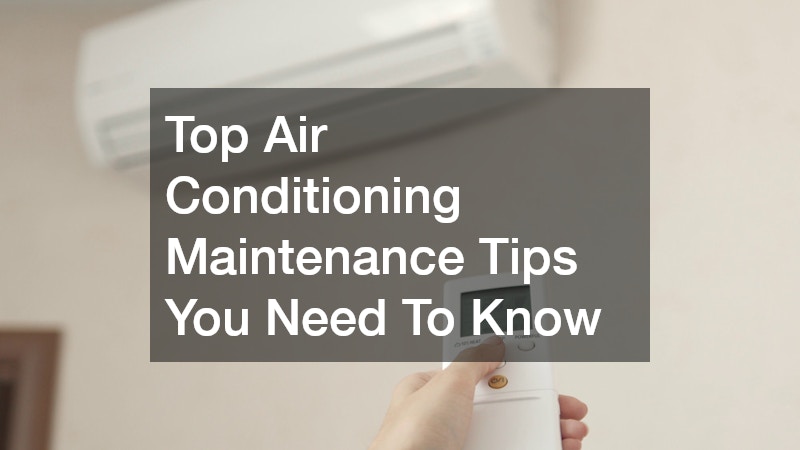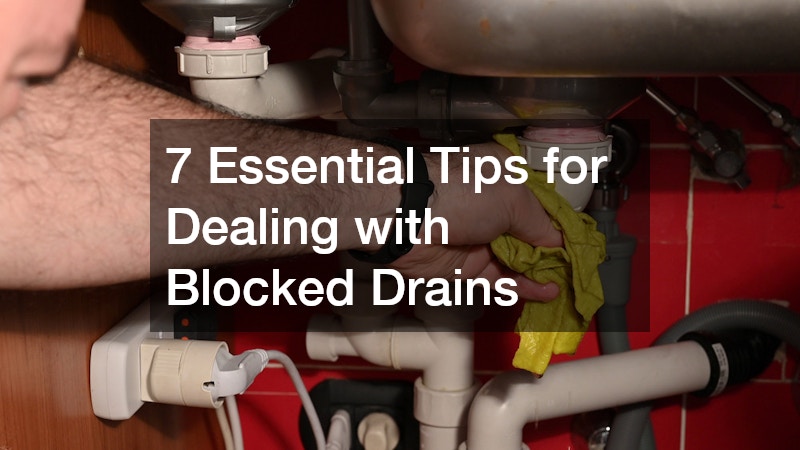Air conditioning units play a vital role in keeping Australian homes comfortable, particularly during the summer months when temperatures can soar. However, without regular upkeep, these systems can quickly lose efficiency, consume more energy and fail prematurely. Knowing how to properly care for your air conditioner can extend its life, lower running costs and ensure your home stays cool when it matters most.
This guide outlines essential air conditioning maintenance tips that every homeowner should follow, whether your system is brand new or has been running for years.
Clean or Replace the Filters Regularly
One of the most important yet often overlooked aspects of air conditioning maintenance is cleaning or replacing the filters. Dirty or clogged filters restrict airflow and force the system to work harder than necessary, which not only increases your energy bill but also strains the unit’s components.
If your system uses disposable filters, check the manufacturer’s recommendations for replacement frequency. In most cases, filters should be replaced every one to three months, depending on use. For reusable filters, wash them gently with warm water and allow them to dry fully before reinserting. Homes with pets or in high-dust areas may require more frequent cleaning.
Maintaining clean filters improves air quality inside your home and helps the system operate more efficiently.
Keep the Outdoor Unit Clear
The external unit of your air conditioner, also known as the condenser or compressor, is often exposed to the elements. Dirt, leaves and debris can build up around it, impeding airflow and affecting the unit’s ability to release heat. This can lead to overheating and reduced cooling performance.
Ensure there is at least 30 cm of clear space around the unit at all times. Trim back any overgrown shrubs or grass and gently remove leaves, cobwebs or dirt that may have accumulated on or near the unit. During spring and summer, it’s worth checking the area fortnightly to keep it clear and operating optimally.
Check the Thermostat for Accuracy
If your thermostat isn’t properly calibrated, your air conditioning unit may run longer than necessary or switch off before your space reaches the desired temperature. This wastes energy and undermines comfort levels inside your home.
Test the thermostat by setting it a few degrees lower than the current room temperature and listening for the system to respond. If it doesn’t or if the system behaves erratically, consider replacing the thermostat or having it inspected by a technician. Smart thermostats are becoming increasingly popular across Australia, offering improved accuracy and energy-saving features through automated scheduling and remote access.
Inspect the Condensate Drain
Your air conditioning system removes moisture from the air as it cools, which is drained away via the condensate line. If this line becomes blocked, it can lead to leaks, water damage and mould growth — all of which are costly to fix and pose health risks.
Check the condensate drain every few months to ensure water is flowing freely. If you notice any blockages or pooling around the indoor unit, turn the system off and inspect the line. In some cases, a simple flush with water or mild vinegar can clear the blockage. For more serious obstructions, professional service may be required.
Schedule a Professional Service at Least Once a Year
While there are several things you can do yourself, an annual professional inspection is essential to keep your system running smoothly. A qualified technician will check the refrigerant levels, test electrical connections, clean internal components and spot any signs of wear that could lead to future breakdowns.
In most parts of Australia, the best time to schedule your service is during spring or early autumn, before the unit is needed daily. Routine servicing not only improves energy efficiency but also ensures your warranty remains valid, as many manufacturers require regular maintenance.
Listen for Unusual Sounds or Smells
Unusual noises, such as grinding, rattling or buzzing, are often early indicators that something isn’t right inside your air conditioning system. Likewise, odd smells — particularly a musty or burning odour — can signal problems ranging from mould in the ducts to overheating components.
Seal and Insulate Your Home
Your air conditioning system doesn’t work in isolation. If your home is poorly sealed or under-insulated, cool air escapes quickly, forcing your unit to run longer to maintain a comfortable temperature. This not only raises your electricity bill but also puts unnecessary strain on the system.
A Well-Maintained System Pays Off
Following these simple yet effective air conditioning maintenance steps can deliver long-term benefits. From improved energy efficiency and lower power bills to better air quality and fewer breakdowns, a well-maintained system makes a real difference to your comfort and wallet.
Make maintenance a regular part of your home care routine and your air conditioner will repay you with years of dependable service.
.





